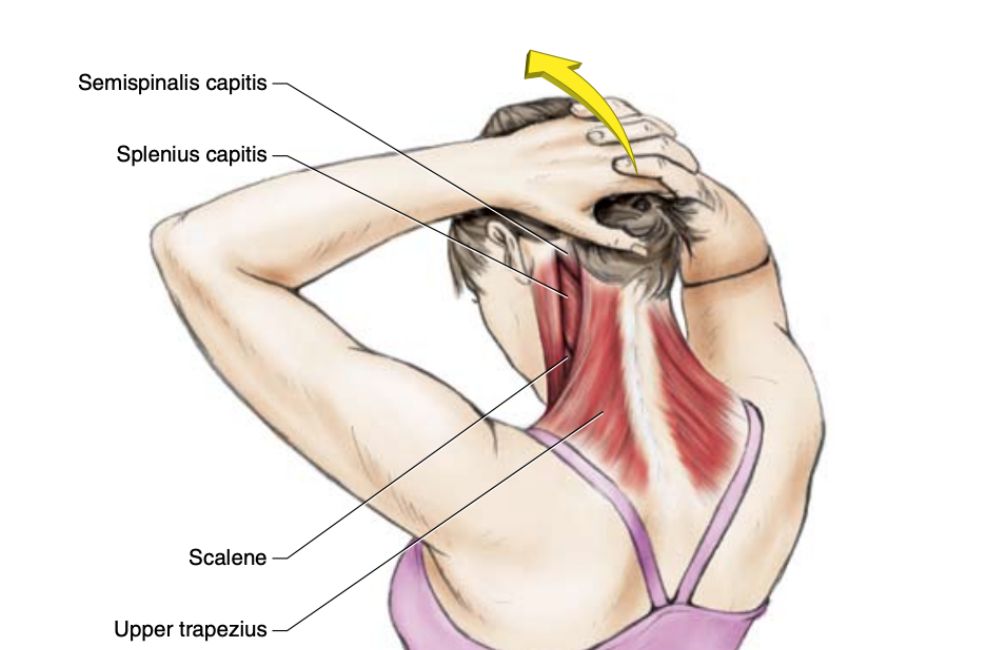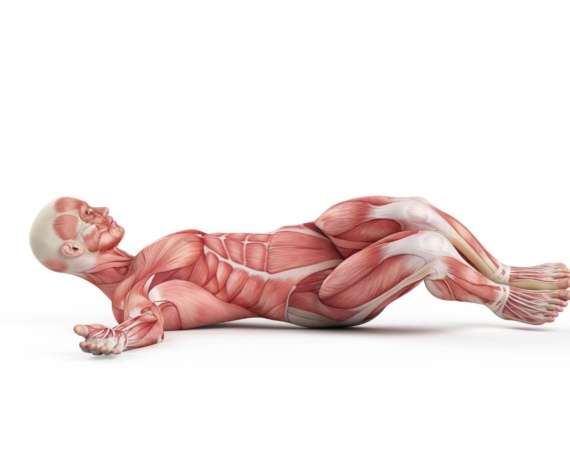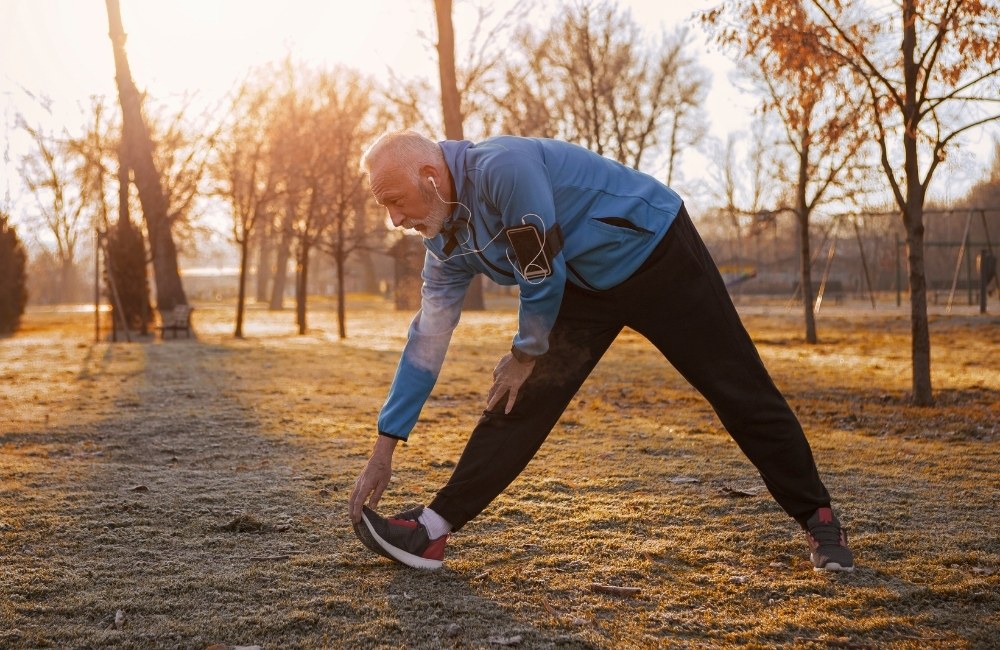
When it comes to healthy aging and longevity, maintaining mobility and flexibility is key.
Throughout the history of exercise, mobility has often taken a back seat to strength training. However, the recent interest in sports like CrossFit has changed the mindset of many athletes.
Mobility is now seen as an essential component of every athlete’s training program. Furthermore, casual exercisers are also recognizing the benefit of regular mobility work.
In this article, we will outline 5 of the best mobility exercises that you should be doing regularly. These movements will keep your body strong, healthy, and best of all: injury-free.
You’ll also like:
Want To Live Pain-free? Do These Hip and Lower Back Stretches Every Day
Want to Age Well? Do these 5 Stretches Every Day, Says Expert
What Is Mobility?
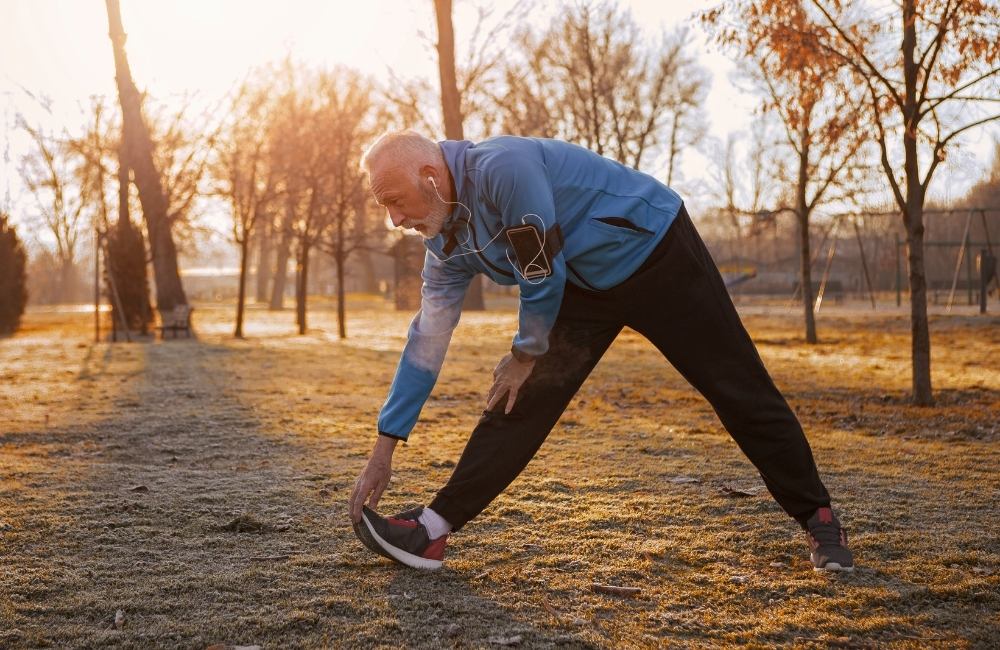
To start, it’s important that we define the term “mobility”. After all, this can have many different connotations, depending on the context.
For our purposes, let us define mobility as “the capability of combining flexibility and strength to accomplish a movement.” To further define mobility, we need to outline the inherent concepts within mobility: flexibility and strength.
Flexibility is the capability of the tissues (primarily muscle) within the body to lengthen.
Strength is the ability of muscle tissue to produce force.
Now that we’ve defined the necessary terms, let’s examine the importance of mobility!
Why Is It Important To Perform Mobility Exercises?
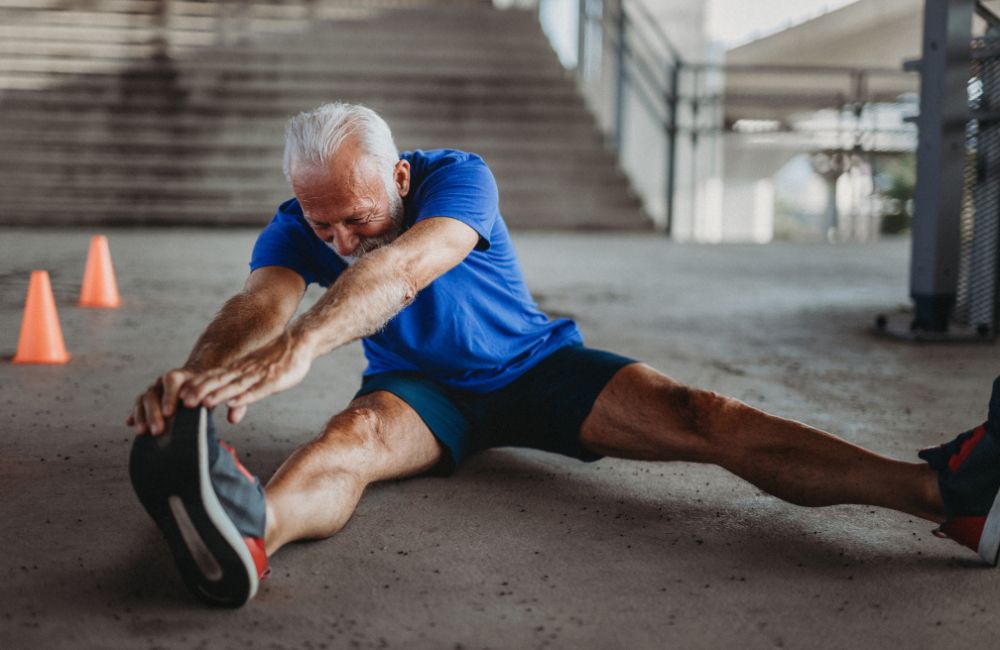
In the most basic sense, mobility is important because it’s required for us to move at all. Every time we take a step or reach for something, we benefit from having good mobility.
Conversely, when we have poor mobility, every movement we perform is less efficient than it should be. If we move inefficiently, we are at a higher risk of injury.
Therefore, mobility exercise is important because it enables us to move with a lower chance of sustaining an injury.
When Should You Perform Mobility Exercises?
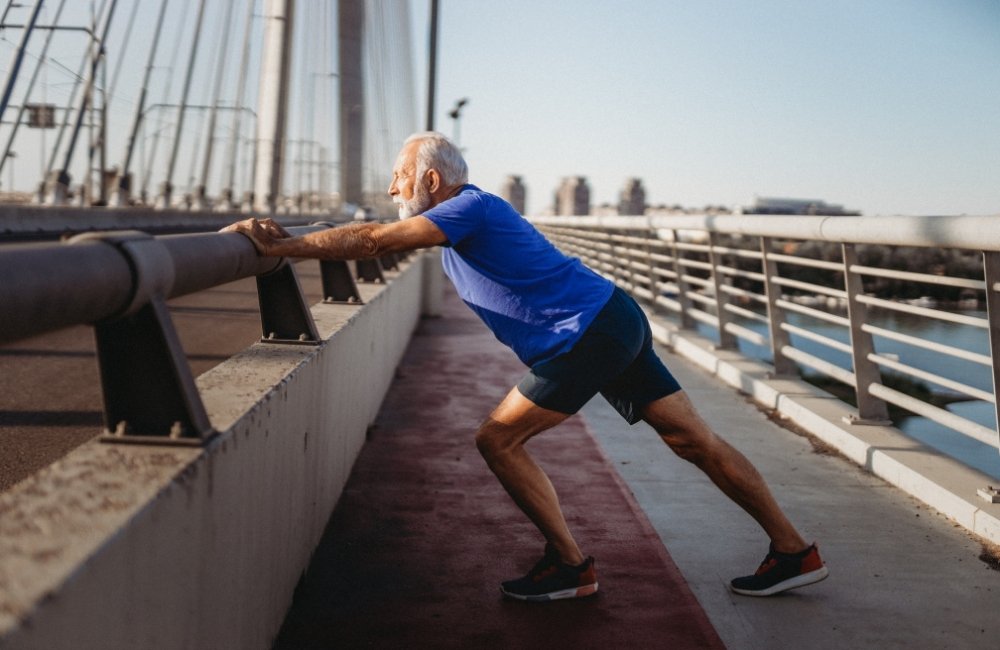
Different coaches and exercise professionals will differ in their recommendations regarding the optimal frequency of mobility exercise.
Furthermore, some coaches insist that mobility work be done at specific times with regard to formal exercise sessions.
Your specific fitness goals should dictate the frequency with which you exercise. For example, if you want to be the next CrossFit champion, you may need to do more mobility work than your neighbor.
On the other hand, if you are simply exercising so that you can keep up with your grandkids, you may require less mobility work than someone else.
Everyone is unique, and their exercise/mobility program should reflect this uniqueness. If you go to a gym where everyone is doing the same workout regardless of age, goals, and ability level; it may be time to look for a new gym.
For those looking for a generic recommendation: two-to-three 15-minute mobility sessions a week is a good place to start. These mobility exercises can be performed before or after another exercise session, or on separate days entirely.
Now that we’ve reviewed some important information regarding mobility exercise, let’s examine 5 of the best mobility exercises that you can start performing today!
Top 5 Mobility Exercises
The following exercises are divided into different body regions. However, the body functions as a unit, so each of these exercises incorporates at least one joint besides the primary joint of emphasis.
This way, you can develop excellent mobility throughout the body, one exercise at a time!
1. Band-Assisted Ankle Dorsiflexion
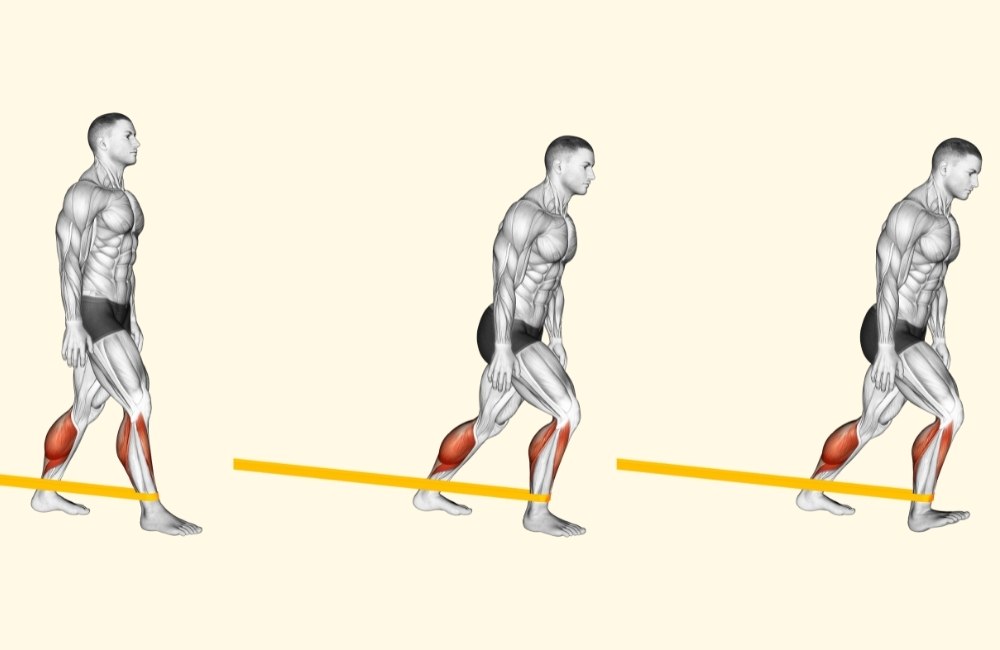
Ankle mobility is crucial for performance during squats, box jumps, and other lower-body exercises. This exercise will markedly improve your ankle mobility and can be done without any equipment if you don’t have access to a band.
How to Perform the Exercise:
- Place one foot flat on the ground in front of the other foot (the foot can also be placed on an elevated surface).
- Wrap the band around your ankle and anchor it to a stable surface so that the tension is directed backward (if no band or anchor is available, skip this step!)
- Lean forward and keep your heel flat on the surface. Your knee should bend as you do this. Don’t worry if your knee goes past your toes. The “no knees over toes” myth was never accurate, to begin with!
- Hold the position for 10 seconds, relax for a few seconds, and repeat 12 times on each side.
- You can also increase the intensity of this movement by attempting to actively dorsiflex your ankle while in the stretched position.
2. Deep Squat Mobility Flow
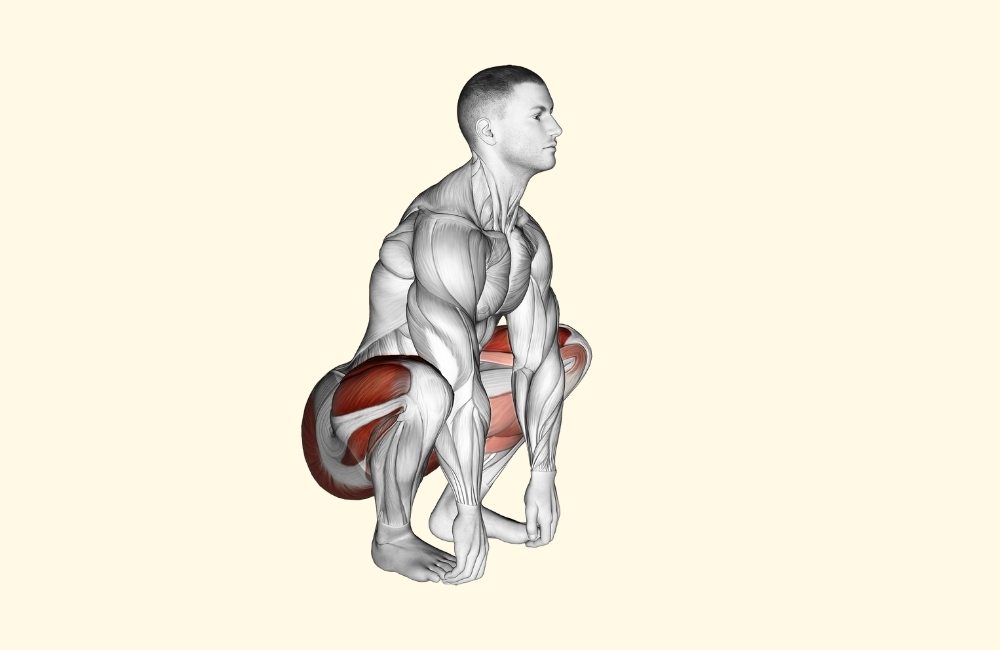
This exercise is primarily designed to improve mobility in your hips and knees. However, you may also notice improved mobility in your spine and ankles.
How to Perform the Exercise:
- Squat as deeply as you are able to while keeping your back straight and your heels on the floor.
- Once in the deepest position of your squat, place your hands near your feet and slowly straighten your legs, as if you are standing up.
- Your hands should remain on the floor as you straighten your legs, leading to a stretching sensation in your hamstrings, spine, and hips.
- After holding the stretch for a few seconds, fully stand up and repeat the movement 10 times, aiming for more depth and mobility with each repetition.
3. Overhead Pole Shoulder Mobility Exercise
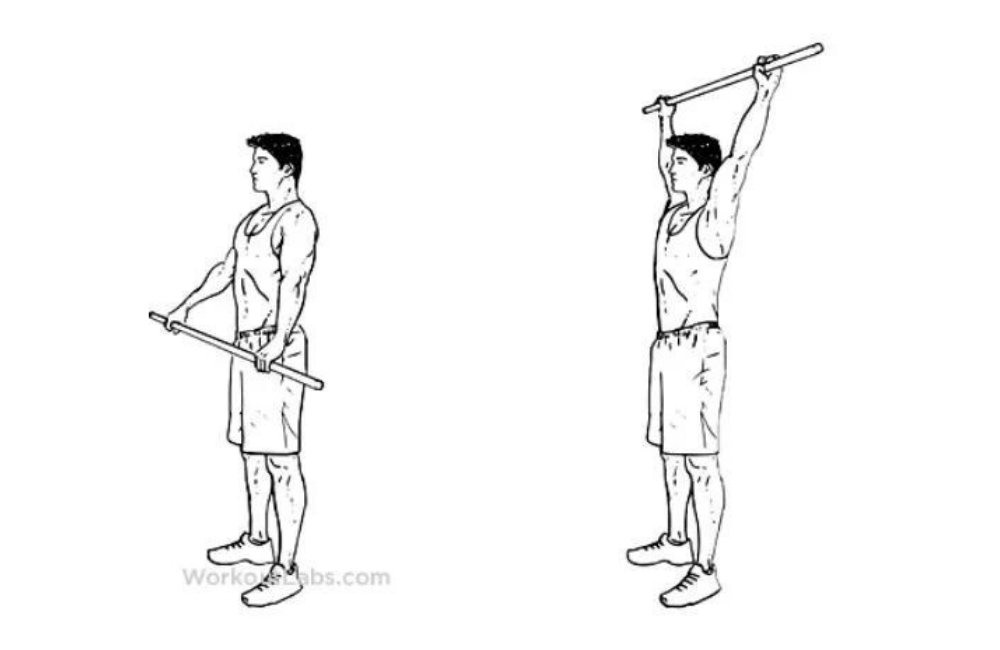
For this movement, you will need a long stick or pole which you can comfortably grasp in both hands.
Overhead shoulder mobility is absolutely critical for movements such as the snatch and shoulder press.
With limited shoulder mobility, these movements pose an extreme risk to the lifter and can lead to devastating injuries.
How to Perform the Exercise:
- Grasp the pole at a comfortable width with both hands pronated (palms facing down).
- Keeping your arms straight, bring the pole upward and over your head as far as possible.
- Once you reach the end of your range, pause briefly, then return to the start position.
- Repeat this movement 15 times, aiming to increase your range with each repetition.
4. Prone Scorpions
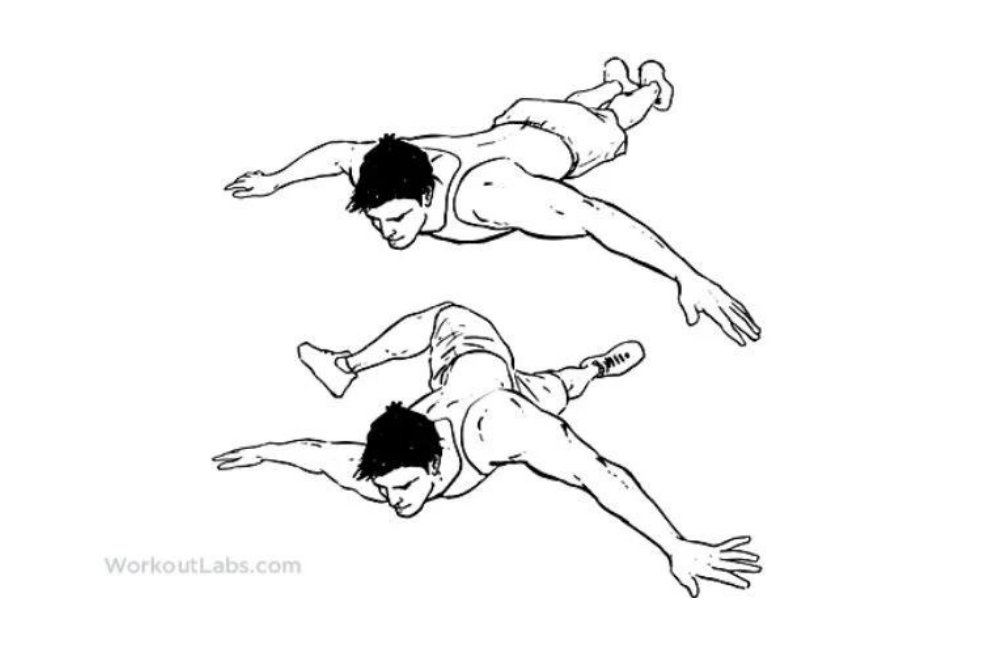
This exercise will increase the mobility of your lumbar and thoracic spine, as well as your hips.
The rotational nature of this movement provides relief from much of the stress and tightness commonly experienced in these areas.
Furthermore, rotational exercises allow for improved athletic performance.
How to Perform the Exercise:
- Lie on your stomach, with your shoulders and chest in contact with the floor.
- Bend one knee and raise this leg towards the ceiling.
- Cross this leg over your other leg, aiming to keep your chest flat on the floor.
- Take your leg as far across your body as you can.
- Once you get to the maximum range available, hold the stretch for 2-3 seconds.
- Return your leg to the starting position.
- Alternate sides, completing 10 reps total on each side.
5. Downward Dog with Ankle Tap and “T”
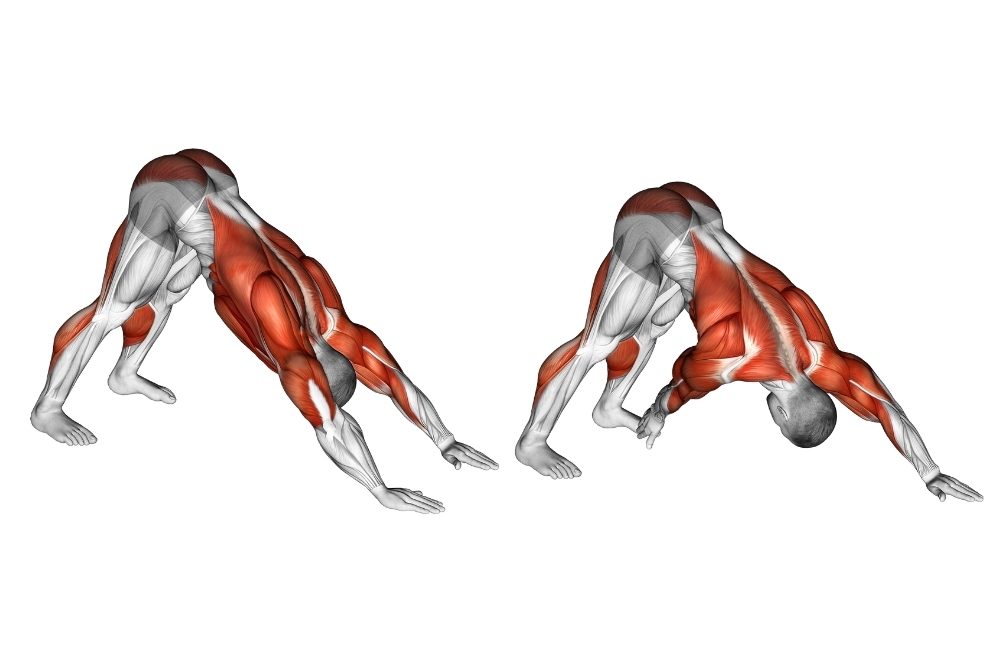
This final movement will mobilize nearly every joint in your body. Incorporating many different motions all at once; this exercise will leave you feeling like you can float out of the gym.
Also, it will help you achieve excellent mobility on some of the more challenging lifts you may encounter during an exercise session.
How to Perform the Exercise:
- Start in the “up phase” of a pushup.
- Lifting one hand off the ground, reach underneath your body toward your opposite ankle.
- Once you’ve tapped your ankle (or reached as far as you can), bring that same arm out toward your side while you open up your chest, forming a “T” position.
- Return to the start and alternate the movement, performing 10 reps on each side.

